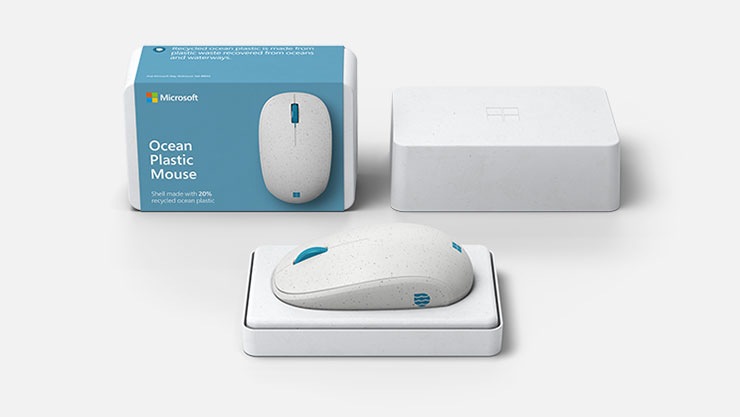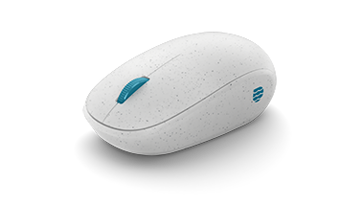Users can recycle their old Microsoft mouse in a responsible manner and the firm has offered a free mail-in program for consumers to send in their old mouse to be recycled through its contracted partners.
Microsoft began this project with an objective of creating a plastic resin made from at least 10% recycled ocean plastic as part of its commitment to achieve zero waste by 2030. After hearing the initial vision for the project, SABIC joined the effort to source the recycled material and to formulate a resin that satisfied Microsoft’s demanding quality standards. The Microsoft design team collaborated with technologists at SABIC to provide feedback on prototypes made with the new resin. This effort resulted in several rounds of reformulation prior to arriving at a final version that exceeded Microsoft’s initial 10% goal. The final product contains 20% recycled ocean plastic by weight in its external casing or “shell.”
The SABIC-Microsoft collaboration envisions SABIC providing a new XENOY™ resin for Microsoft product use that is comprised of 20% ocean plastic, as part of SABIC’S TRUCIRCLE™ portfolio and services. This new XENOY™ resin with recycled ocean plastic can help reduce plastic waste in the ocean. For example, based on a resin grade comprised of 20% recycled content, for every 1kT of product containing recycled ocean-plastic XENOY™ PC/PET compound, an equivalent of 24 million single-use 0.5liter PET water bottles is removed from the ocean, ocean-feeding waterways, or ocean-adjacent shores.
This project has also provided a blueprint to demonstrate to the broader industry sector that recycling and reusing valuable plastic resins that have been recovered from the ocean, ocean -feeding waterways or where they have been washed ashore from these locations, is achievable when value chain partners use their knowledge and expertise and work together.
Remarking on these significant advances in plastics recycling, Abdullah Al-Otaibi, ETP & Market Solution General Manager at SABIC said, “SABIC faced a unique challenge in overcoming the degradation of ocean plastic to create this innovative solution – due to exposure to sunlight and water, the plastic loses many of its original properties. Our collaboration with Microsoft represents an exciting development in recycling and reusing ocean plastic to create high-quality consumer electronic products that meet Microsoft’s high-performance expectations, while also playing a role in cleaning up the world’s oceans.”
“As part of our commitment to the reduction of waste, we set out to prove the viability of recycled ocean plastic as a material for use in consumer electronics. The Microsoft Ocean Plastic Mouse, with an outer shell made with 20% recycled ocean plastic, is the first consumer electronics product made with this XENOY™ resin. We are proud of the collaboration with SABIC that created this new resin from a challenging material that would otherwise remain in the ocean as waste. We hope that this first step on recycled ocean plastic will spur further action in our industry and are excited for customers to be able to experience the product,” said Donna Warton, VP Supply Chain and Sustainability at Microsoft.







